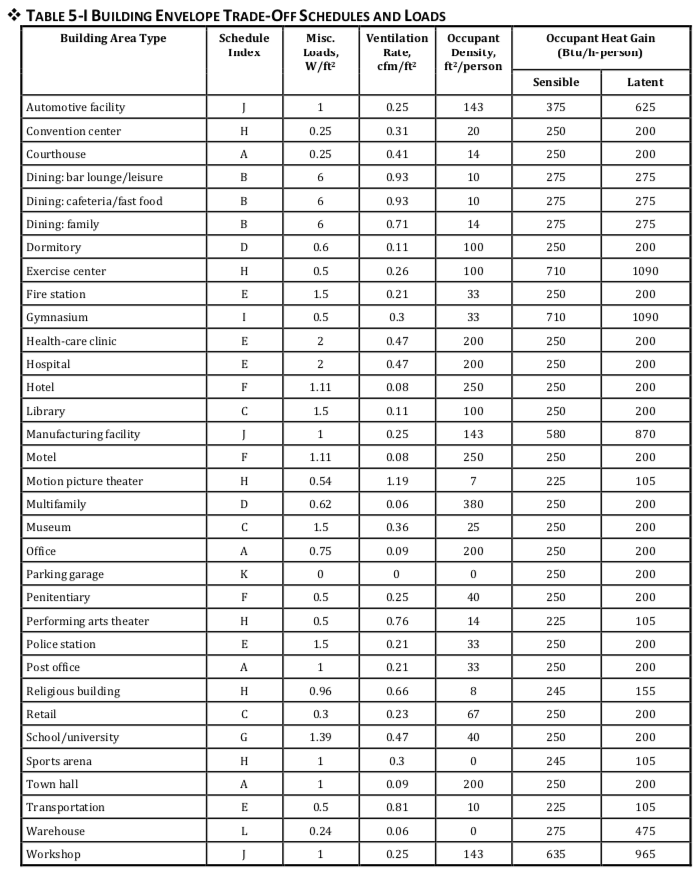First time here? Check out the Help page!
 | 1 | initial version |
The "autocalculate" option for the Sensible Heat Fraction input field you're referring to asks EnergyPlus to calculate the sensible/latent split based on the Activity Level Schedule input field instead of being a static user input. In the Engineering Reference section describing how EnergyPlus applies the Fanger comfort model, it shows how the activity level aka metabolic rate is used in the calculations for the latent and sensible respiration loss from occupants as well as the sweat evaporation loss from occupants.
LatRespHeatLoss = 0.000017*ActLevel*(5867. - VapPress)
DryRespHeatLoss = 0.0014*ActLevel*(34.- AirTemp)
EvapHeatLossRegComf = 0.42*(IntHeatProd - ActLevelConv)
If you wanted to test that the sensible/latent gains from occupants match the 250 Btu/hr and 200 Btu/hr you expect, then you can ask OpenStudio to generate the related output variables for that (People Sensible Heating Rate and People Latent Gain Rate, respectively). Requesting output variables is done in the Outputs tab of the OpenStudio application, and you can then review these in DView or any other tool that can open the ESO file created by OpenStudio.
I've reviewed the 90.1-2013 user's manual where the building envelope trade-off schedules and loads are defined (see below). It looks like the table for sensible/latent gains from occupants is based on building area type -- not space area type within the building. So, all space types within the small hotel will have the same sensible/latent gain split. I may be interpreting that wrong, but the 250/200 Btu/hr split seems to apply to most building area types.

